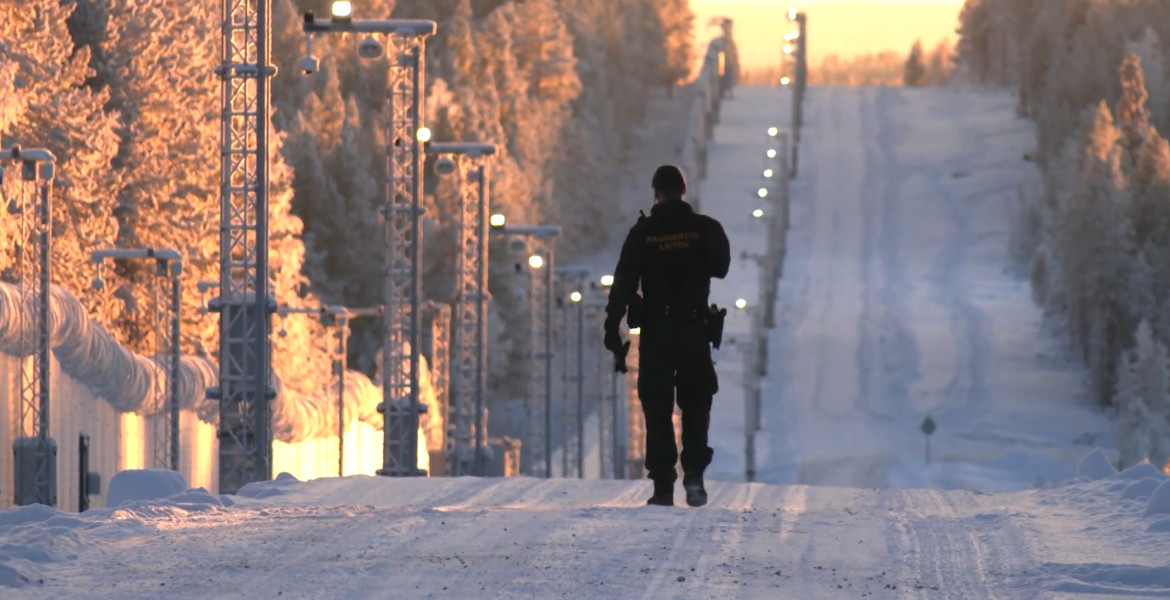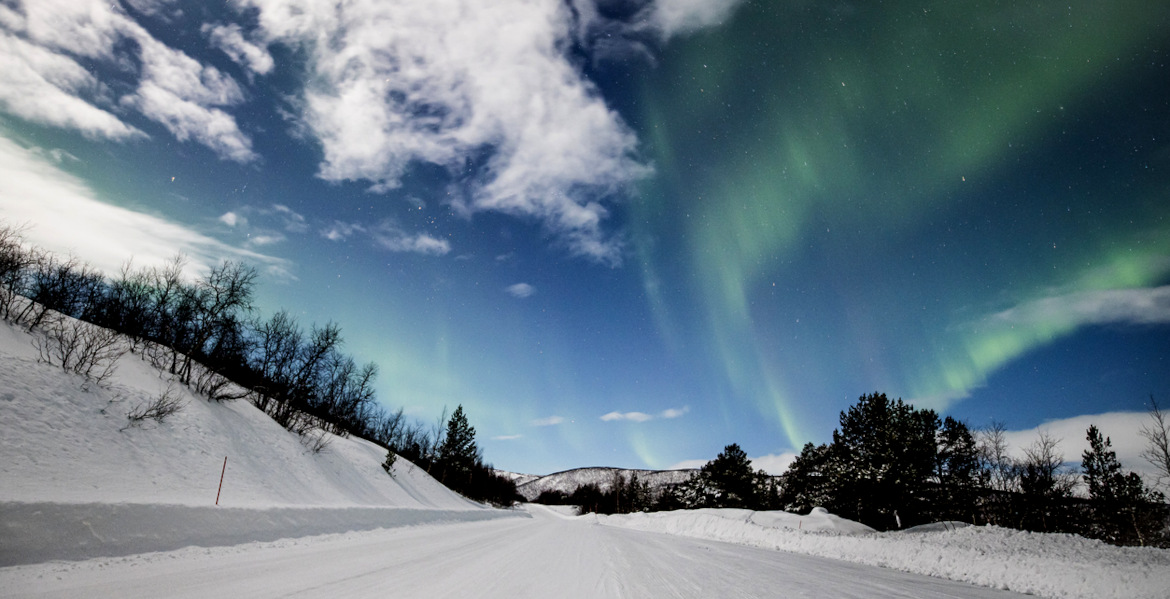The Helsinki metropolitan area real estate market has experienced significant price changes in recent years. With a significant increase in demand for real estate in both the rental and purchase markets, prices still seem to be in favor of renters and buyers.
Ella Bruneau, a prospective buyer in the area, shares her experience with The Nordic Times.
As of 2023, the average price per square meter for older apartments and rowhouses in Helsinki stands at €5,278 - double the property value since the early 2000s. These vary widely by neighborhood where Central Helsinki, Price Zone 1, is known for high property values due to limited land for development and sustained demand. Properties in this zone have shown the highest price index growth, while prices in Zones 2, 3, and 4 have seen a slower but steady increase.

Ella Bruneau, a Finnish resident actively searching for both rental and purchase options, shared her experience. She noted that the market is currently favorable for buyers.
– It’s definitely a buyer’s economy right now, she explains. I can buy a place for €150,000 and potentially sell it for €170,000 in a few years.
In less central areas like Espoo, with good public transport connections to Helsinki, profitability seems assured.
There is a significant number of rental options available in Helsinki which provide more flexibility in terms of the contract period rather than tying a prospective tenant to a set time frame.
– Finding a temporary rental was not that challenging, Ella said.
She ultimately found a rental through a Facebook group for short-term rentals, a common approach among Finns in the same situation. Websites like Oikotie.fi are also popular resources for apartment hunting.
As a prospective buyer, Ella focuses on various factors when choosing a property, including renovation history and neighborhood. She prefers properties without upcoming renovations, which may have additional costs. She advises people in a similar situation to research the financial stability of the housing co-ops, especially when buying in areas where property prices may be lower but could involve higher financial risks.
Securing a loan is a crucial step for many first-time buyers. Ella experienced a smooth process for her application, which began online and involved a follow-up call within a couple of weeks.
– The bank asked detailed questions and offered a loan based on my realistic ability to make monthly mortgage payments, she explained.
For Ella, family support also plays a role - with a savings account to help meet her down payment requirement, which later impacts the interest rate and total loan amount.
For those considering entering the market, she advises starting with the loan approval process early to understand borrowing capacity.
– It’s essential to get an idea of what you can afford, so you know your options, she said.
Comparing her previous experience of renting in The Netherlands, where the shortage of housing is steadily increasing the rental prices, Ella appreciates the well-maintained state of the apartments in Finland.
– I feel so much more at ease than in Amsterdam, where I was stressed about the plumbing of the building, for example.
– There is a sense of hurry, though, as the market is currently so good for buyers.
From having her first viewings to securing her short-term rental, it took Ella just about two weeks. She believes finding a property to buy could take no more than two months depending on the financial stability of the buyers.





